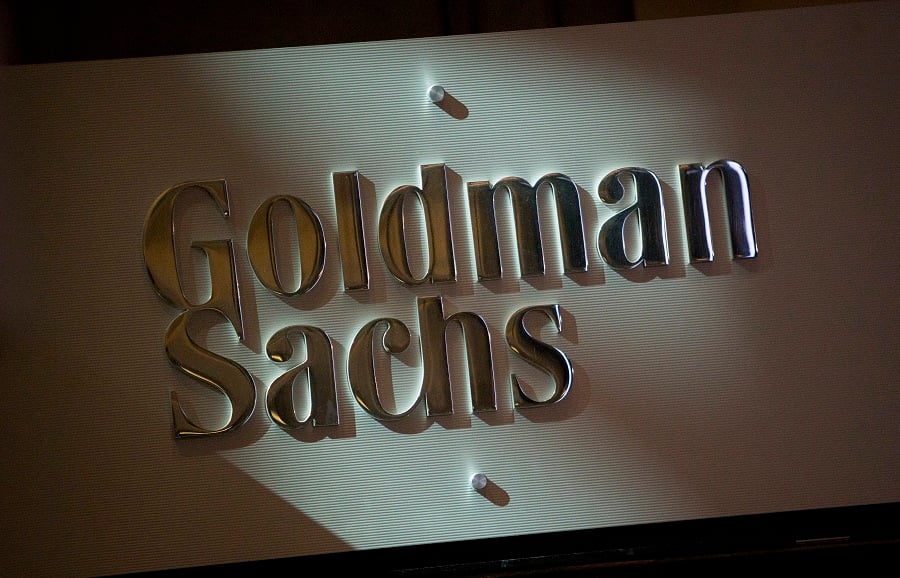Goldman Sachs Group Inc. says financial markets are vulnerable because nobody can agree on what the Federal Reserve will do. Treasuries whipped around amid the debate.
Short-term Treasuries rose Wednesday, rebounding from a selloff a day earlier when retail-sales data increased speculation the Fed would raise interest rates this week. Goldman Sachs Chief Economist Jan Hatzius said the central bank probably won't act until December, or even until 2016.
There's a lack of consensus among policy makers, too, which is a reason for them to hold off when they finish their meeting Thursday, he said.
“There will be some concern that the market's not prepared,” Mr. Hatzius said Tuesday in a Bloomberg Television interview. “There's a risk of an adverse market reaction.” Goldman Sachs is one of the 22 primary dealers that trade directly with the central bank.
Treasury 10-year note yields fell one basis point to 2.28% as of 9:27 a.m. in New York, based on
Bloomberg Bond Trader data. The price of the 2% security due in August 2025 rose 1/32, or $0.31 per $1,000 face value, to 97 1/2.
Yields jumped 10 basis points Tuesday, the most in almost three weeks.The move left the Bloomberg U.S. Treasury Bond Index down 0.3% this month through Tuesday and hanging onto a 0.5% gain for 2015.
Two-year note yields fell two basis points to 0.78% after rising Tuesday to the highest since 2011.
NO CONSENSUS
“Are we in the eye of the storm right now?” said Craig Collins, managing director of rates trading at Bank of Montreal in London. “It very much has that feel to it. It was a very, very hectic day yesterday. What the Fed offers on Thursday is probably going to have a dramatic effect as well. It's very much a moving target.”
Prices paid by American households fell in August as cheaper gasoline helped keep inflation below the Fed's objective, Labor Department figures showed Wednesday. The consumer-price index dropped 0.1%, the first decline since January, after rising 0.1% in July.
“I don't know how much it'll impact Fed expectations given that the meeting is starting today,” said Gennadiy Goldberg, a New York-based U.S. rates strategist with TD Securities. “There's not a strong conviction stemming from this particular number.”
Recent volatility in global equity markets has created further doubts about the Fed's willingness to raise rates. David Keeble, the New York-based head of fixed-income strategy at Credit Agricole SA, said there's no consensus on how much the Fed will consider “international developments we've seen lately, or whether they think that the domestic numbers are going to be so good that they can start to be pre-emptive.”
RATE BETS
Futures show there's a 30% chance of the Fed raising rates Thursday, according to data compiled by Bloomberg. The calculation is based on the assumption that the benchmark rate will average 0.375% after the first increase, versus the current target of zero to 0.25%.
The relatively low probability the market assigns to a rate increase “will dissuade the Fed from hiking” this week, Morgan Stanley strategists wrote in a note Sept. 15. They said an increase in rates “would suggest the Fed forgot the lessons learned from 1994,” when financial conditions tightened significantly after central-bank officials raised rates.
They think the market's probability for a rate rise in October or December could “gap higher” as the Fed signals an increase is coming soon. In 1999 and 2004, “there was a tendency for the Fed to signal the first rate hike at the FOMC meeting," they said.







